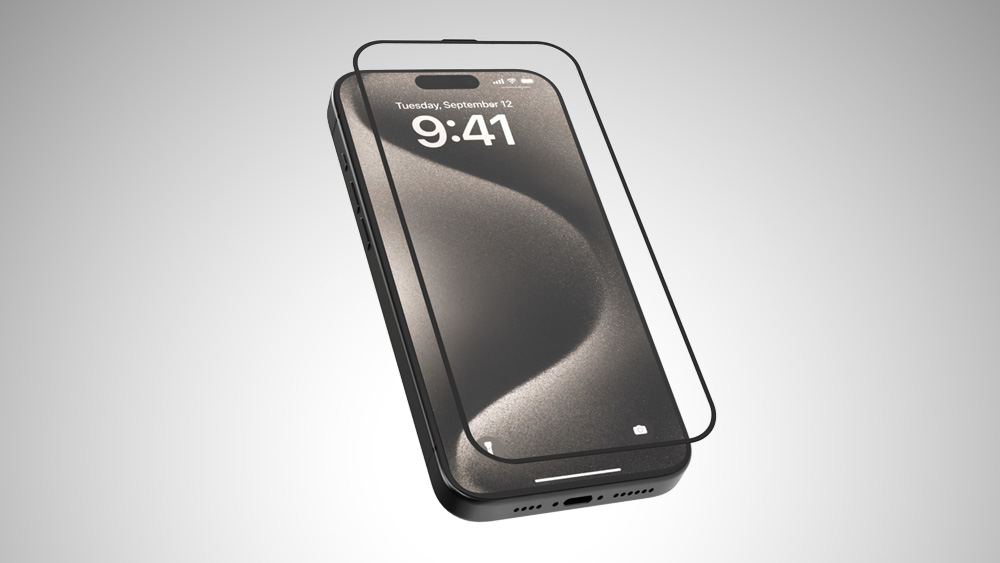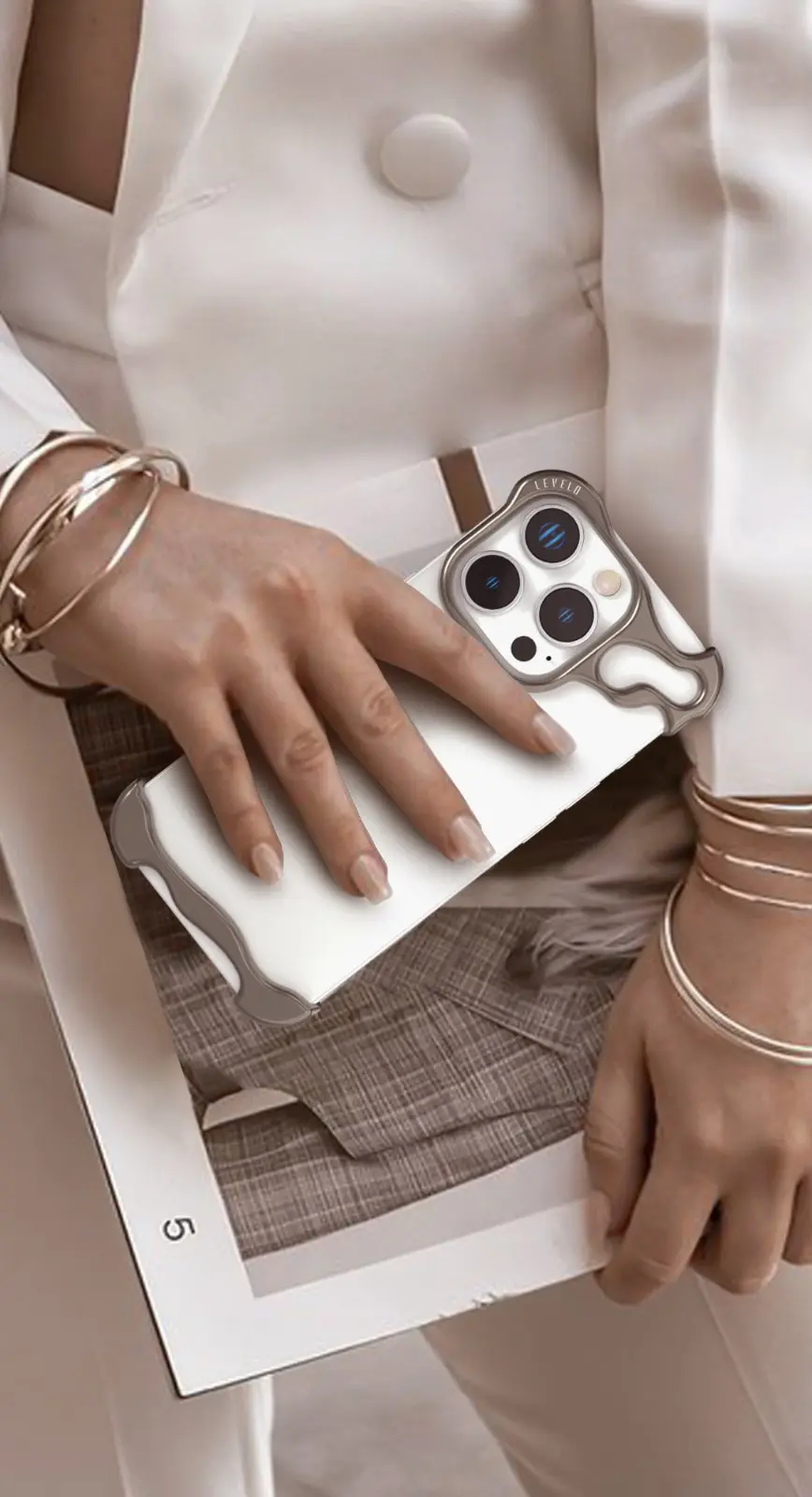For the first time in over ten years, you may require a new type of cable to charge your iPhone. Apple higher-ups have announced their intention to adhere to European regulations, which dictate that all new phones must utilize a standard USB-C charging port. Most phone manufacturers already employ USB-C, with Apple being the primary exception.
When queried about Apple's shift to USB-C, Greg Joswiak, the company's Senior Vice President of Worldwide Marketing, conceded that Apple is left with "no choice." As is their global practice, Apple will "abide by local laws," Joswiak stated during his participation in The Wall Street Journal Tech Live conference in October.
Will There Be Type-C Port?
Nevertheless, there remain numerous unknowns regarding Apple's strategy to transition the iPhone to USB-C. Apple is known for its silence in discussing new products prior to their official launch, which leaves us with limited information on aspects such as whether all new iPhones will feature USB-C, or if this will be exclusive to models sold in Europe.
Apple chose not to reveal additional specifics pertaining to their future intentions for introducing USB-C to the iPhone.
The possibility exists that the iPhone 15 might come equipped with a USB-C port as opposed to the current Lightning connector, but the certainty will only come when Apple unveils its next iPhone. The regulations set by the EU dictate that all mobile phones marketed in the EU must possess a USB-C charging port by the end of 2024. As a result, it remains uncertain whether Apple will initiate the transition in 2023, potentially with the expected iPhone 15, or defer until 2024.
EU’s Rules and Regulations
This fresh directive stems from an initiative to streamline the charging process for users and reduce electronic waste.
According to a press release from the European Parliament, "With the introduction of the new rules, consumers will not require a unique charger with every new device purchase. Instead, they can utilize a single charger across a variety of small and medium-sized portable electronic devices."
The transformation also aims to mitigate the approximately 11,000 metric tons (or 12,125 tons) of annual e-waste that unused chargers generate within the EU, as stated in the press release.
USB-C versus Lightning
The switch to USB-C could bring about additional benefits and conveniences for iPhone users. For instance, you'd be capable of using the same charger that powers your MacBook laptop or iPad to charge your iPhone. Given that USB-C has been a standard feature in most electronics for nearly a decade, there's also an expansive accessory ecosystem supporting it. Several of Apple's own products, like the iPad Air, iPad Pro, and the MacBook series, already employ USB-C instead of the Lightning connector.
The transition to USB-C may potentially lead to faster charging and data transfer rates, particularly for the iPhone 15 Pro and Pro Max models. For instance, Kuo has suggested that high-speed data transfers over USB-C will be exclusive to the iPhone 15 Pro and Pro Max.
Le Xuan concurs with this prediction, indicating that Apple is likely to enhance the distinction between the standard iPhone 15 and its more advanced counterpart this year.
"With the shift towards a Type C interface, we might witness a clear difference between the Pro, Pro Max, and the non-Pro Max in terms of charging speeds," he said.



